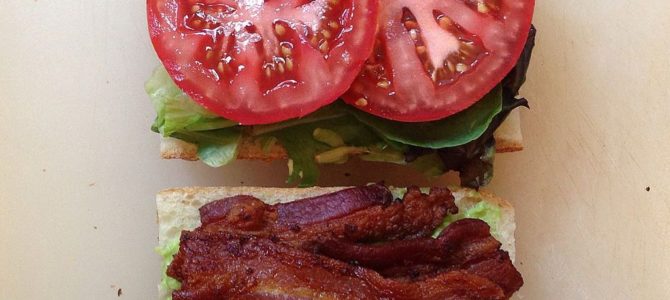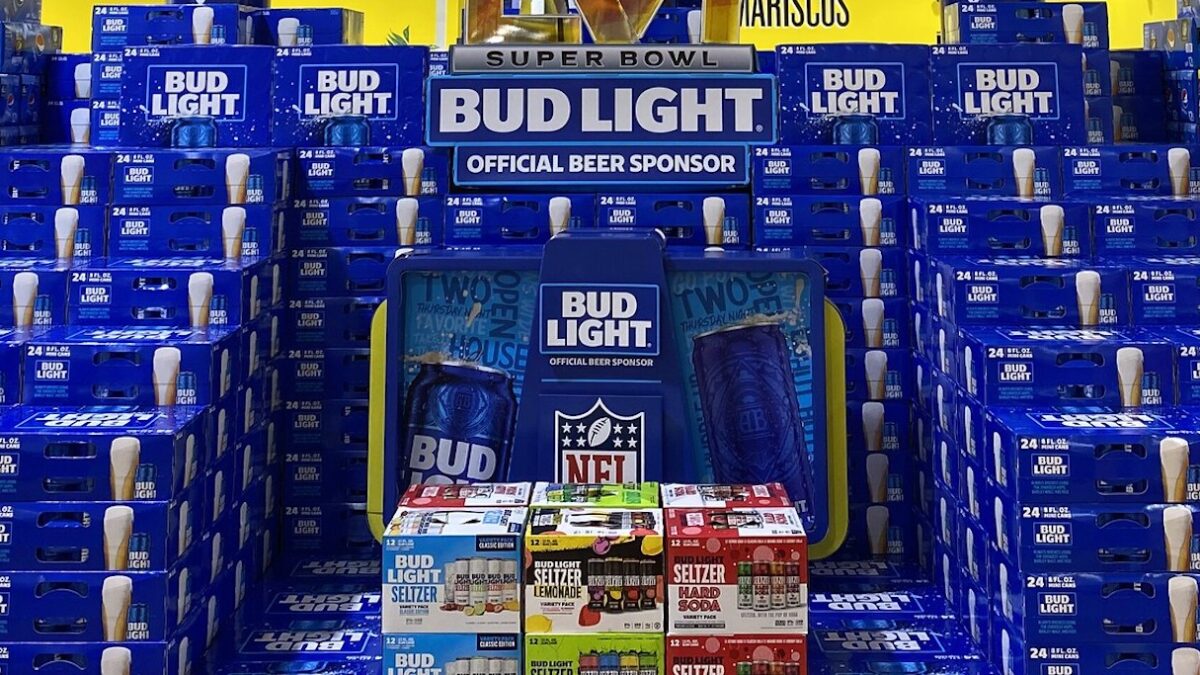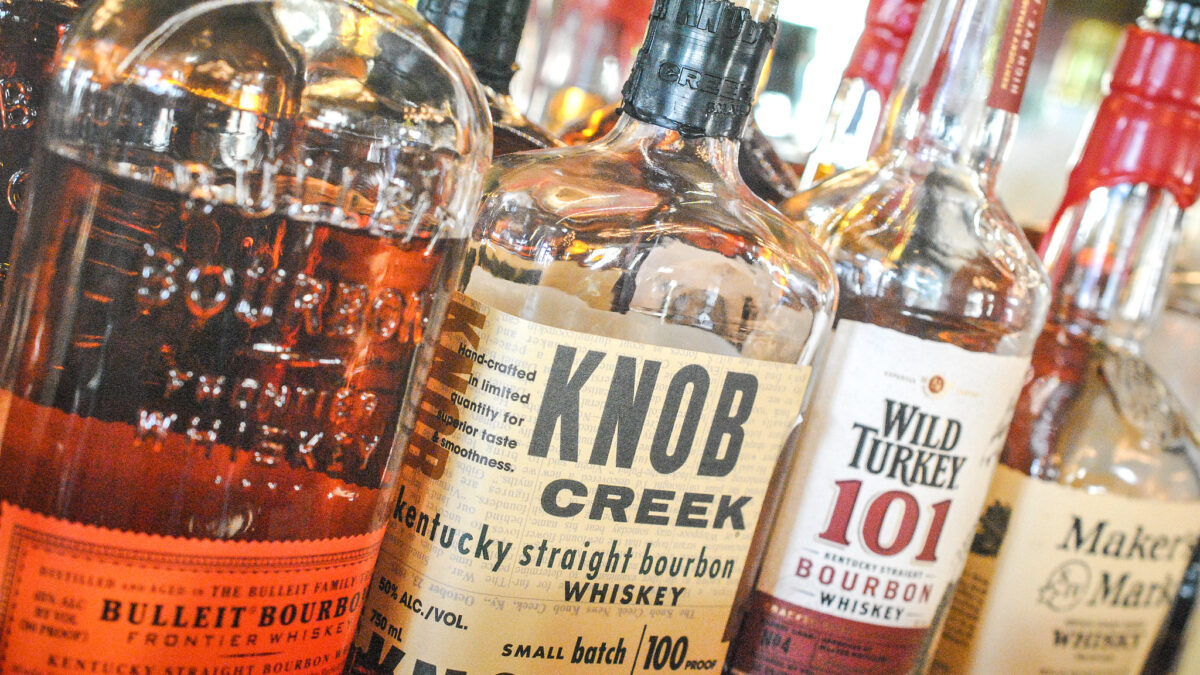
I love nothing more than to read a cooking magazine cover to cover, and dream of all the dinner parties I never seem to have enough time to host. Cooking magazines have become a respite in today’s hyper-political world where people can become upset with the most innocuous of comments or gestures.
Yet a recent article in Food and Wine shows that even cooking magazines are buckling under the pressure to become more “woke” to the problems of the world. Consider its recent publication of an article about the carbon footprint of the lowly bacon, lettuce, and tomato sandwich.
The online article links to a YouTube video where NPR science reporter Adam Cole explains the carbon emissions involved in producing a BLT sandwich—from growing the grain, to making the bread, to the transportation costs associated with getting the items to the store, and eventually to your kitchen and belly.
It’s a lighthearted video, but the message is clear: our most basic habits—even making a sandwich—are dooming mother earth.
Magazines’ Carbon Footprint Dwarfs That of Sandwiches
That’s somewhat rich coming from a magazine, a publication that no doubt produces its own rather large carbon footprint, made even more awkward by the fact that this product is made of dead trees. Perhaps Food and Wine can ask Adam Cole to do a video on the carbon footprint of producing a monthly magazine.
Cole could explain that one felled tree produces X number of magazines and how one tree leaves homeless X number of squirrels and owls and one sweet family of mice that lived in its root system. Cole could then show video of the now deceased tree being loaded into a diesel-spewing truck. Next he could show the tree corpse being transported to a factory (eww, a factory!) where it is pulverized and turned into paper, and then show how those reams of paper are loaded on yet another diesel-guzzling truck to be brought to another yucky factory where a magazine—filled with far more complex recipes than a BLT—are produced for people with loads of money to waste at Whole Foods. These magazines are then sent via the Postal Service to homes throughout the world, which of course involves more trucks, more gas, more carbon.
Cole might also explain—like he did with the sandwich of death video—that Food and Wine is online, where they have a website and several social media pages on Facebook, Twitter, Instagram. So, just like the BLT, which Adam Cole explains require electricity to be made, Food and Wine’s online presence similarly requires electricity, which of course, means more carbon. More death.
Sorry, Guys—Food Is Necessary For Existence
But would the take away be of such a video on the evils of magazine production? What lesson is a Food and Wine reader supposed to derive from this article on the evils of the BLT production?
The writer concludes by reminding readers that “… a single sandwich creates an estimated 800 grams of carbon dioxide: enough gas to fill 100 gallon jugs. It turns out this simple sandwich isn’t so simple.”
He’s right. Sandwiches aren’t simple. But here’s something that is simple: people need to eat. Producing food requires energy, which will lead to the release of carbon. There’s really no way around it. Of course, what humans don’t require to breath is a magazine—something that seems to be lost on this article’s authors and the magazine’s editors.
I don’t read Food and Wine for articles on economics, or essays on the benefits of interstate commerce. I’m not skimming Food and Wine to find a historical perspective on how the industrial age lifted the human condition by bringing consumers things like sliced bread (and sliced bacon and lettuce and tomatoes, even when those vegetables are out of season). But I do expect those in charge of Food and Wine to understand why it’s perhaps bad business to publish articles that damn the magazine’s own existence.
After all, if you really cared about the earth and about reducing your own carbon footprint, you might consider never purchasing paper magazines anymore. One suspects the carbon footprint of producing a 100-page magazine far exceeds that of a lowly sandwich.
I certainly hope this was a random occurrence on the part of my favorite magazine, and that Food and Wine’s editors will remember that people read the magazine for the food and the wine—not to feel guilty for eating one of summer’s best sandwiches. Of course, if one is moved to choose between two deadly habits—BLTs and magazine reading—it would be wise for those at Food and Wine to remember that most would choose the tastier of the two.









